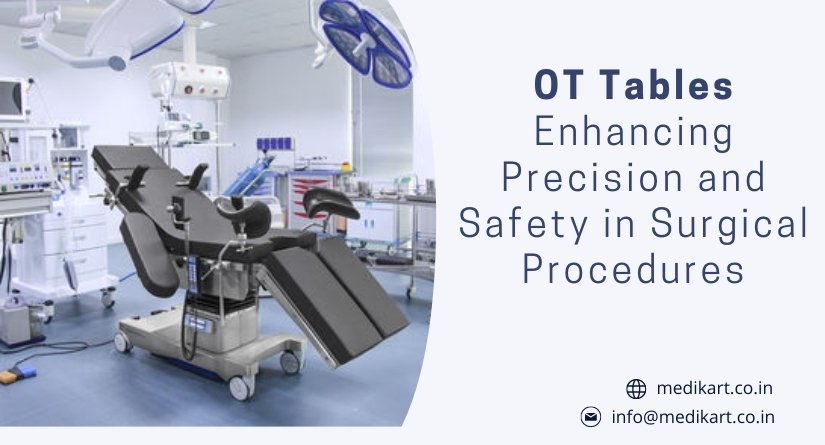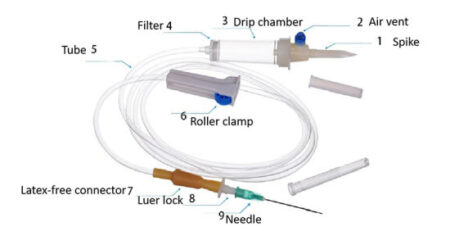OT Tables: Enhancing Precision and Safety in Surgical Procedures
Operating tables,
commonly known as OT tables, are vital equipment in the field of surgery. These specialized tables provide a stable and adjustable platform for patients during surgical procedures, ensuring optimum positioning and comfort. Over the years, OT tables have evolved significantly to meet the complex demands of modern surgical practices, facilitating better surgical outcomes and enhancing patient safety. In this blog post, we will explore the features, functionalities, and advancements in OT tables, highlighting their crucial role in the operating room. By the end of this article, you will have a comprehensive understanding of OT tables and their contribution to the field of surgery.
- The Importance of OT Tables in Surgery: OT tables play a pivotal role in surgical procedures by providing a stable and adjustable platform for patients. The precise positioning of patients is essential for surgeons to perform complex surgical maneuvers with accuracy and efficiency. OT tables offer various adjustments, including height, tilt, lateral tilt, and Trendelenburg positions, enabling surgeons to optimize the patient’s posture and facilitate better access to the surgical site.
During delicate procedures,
OT tables play a vital role in ensuring stability and minimizing patient movement that could compromise surgical precision. Custom-designed to accommodate patients’ weight and size, these tables ensure both comforts and minimize the risk of pressure injuries during prolonged surgeries.
Apart from patient positioning, OT tables incorporate features that enhance the ergonomics of the surgical team. The ability to adjust the table’s height and tilt enable surgeons and other healthcare professionals to maintain optimal posture, reducing the strain on their backs, necks, and shoulders during long procedures.
In addition, OT tables commonly integrate advanced imaging technologies like C-arm compatibility for real-time imaging during procedures. This integration improves the accuracy of intraoperative imaging and enables surgeons to make informed decisions during complex surgeries.
In the next sections, we will delve into the various types of OT tables, their features, and advancements that have revolutionized surgical practices.
- Types of OT Tables: OT tables are available in several types, each designed to meet specific surgical requirements. The selection of the appropriate OT table depends on factors such as the surgical specialty, procedure complexity, patient size, and imaging requirements. Here are some common types of OT tables:
- General Surgery Tables: General surgery tables are versatile and commonly used for a wide range of surgical procedures. They offer multiple positioning options, including height adjustment, lateral tilt, Trendelenburg, and reverse Trendelenburg positions. These tables provide flexibility and stability, accommodating different surgical specialties and patient requirements.
- Orthopedic Tables: Orthopedic tables have a specific design to provide support for procedures involving the musculoskeletal system. They feature specialized attachments and supports for limb traction, fracture reduction, and joint manipulation. These tables offer ample radiolucency for intraoperative imaging and are frequently compatible with fluoroscopy devices.
- Neurosurgery Tables: Neurosurgery tables are designed to provide precise positioning and stability during intricate brain and spinal procedures. They often feature advanced headrests, skull clamps, and body fixation devices to secure the patient’s position during delicate surgeries. Neurosurgery tables also allow for intraoperative imaging and may have specialized attachments for stereotactic frame integration.
- Cardiovascular Tables: Cardiovascular tables are engineered to meet the unique demands of cardiac and vascular surgeries. They offer exceptional stability, weight capacity, and positioning options. These tables typically feature a sliding top to enable C-arm access during procedures such as angiography, stenting, and cardiac catheterization, enhancing fluoroscopy capabilities.
- Bariatric Tables: Bariatric tables are designed to accommodate larger and heavier patients during surgery. These tables have increased weight capacities, wider table widths, and reinforced construction to ensure patient safety and comfort.


















Leave a Reply